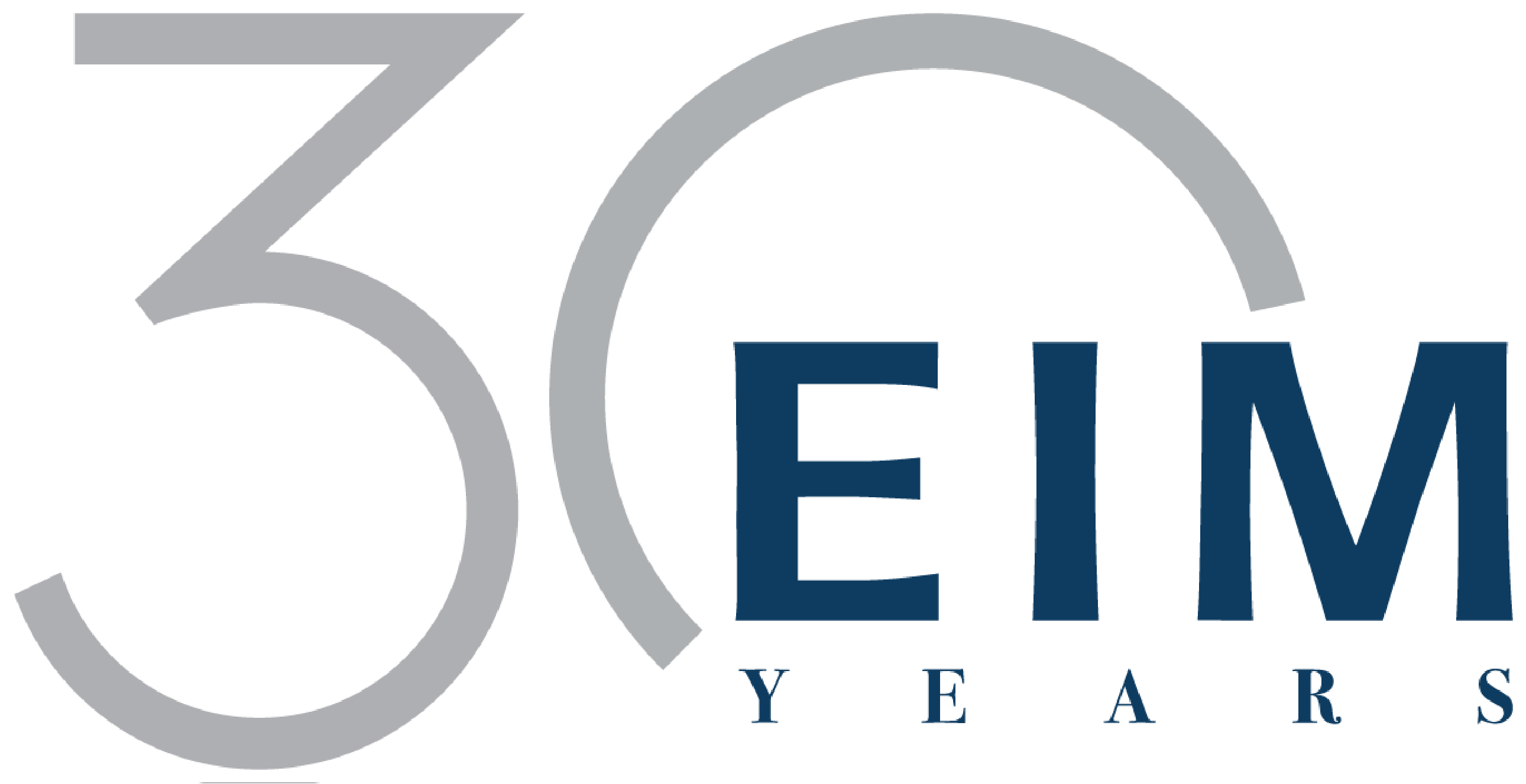
Agility Update June 2019
AN INDEPENDENT GLOBAL PARTNERSHIP BACKED BY THE EXPERIENCE OF OVER 10,000 ASSIGNMENTS WORLDWIDE.
In this fast-changing digital world of ours, organisations must respond faster, face more uncertainty and also deal with pervasive social media that provide a platform and voice to activists and whistle-blowers as well as ordinary people formerly referred to as “the silent majority”. In response, many organisations have adopted ‘agile’ a project management approach originating in software development. In this issue of Agility Update we offer practical help in the form of two articles. One examines how to measure the impact of agile while the other has a checklist to help leaders arrive at a decision on whether to share information. And on the eve of a new financial year, our third and last article is an academic working paper dissecting the issue of corporate purpose and pitting the doctrine of shareholder value maximisation vs ethical reciprocity.
Agile Works, But Are You Measuring the Impact?
Expectations from agile transformations are often sky-high. However, unless they’re properly measured, the claimed benefits are just that – claims. In this article, management consultants Boston Consultant Group (BCG) highlights a measurement approach that works well, and offers anonymised examples of companies that have used the approach and their astonishing results.
To begin measuring, the first requirement is to establish meaningful baselines. A data dump will not work. Companies should be prepared to undertake a challenging analytical process to filter through the data of past waterfall projects to establish the historical baseline most appropriate to the agile transformation project to be measured. Once established, the balanced set of measures can then be used to track the business value that agile teams create as well as the health and welfare of those teams.
Business value metrics are typically specific to a team’s work in producing outcomes that require the process to be implemented, not just delivered. The health and welfare of a team is typically shown by metrics that track quality (escaped defects), predictability (meeting sprint commitments), frequency of delivery (reduced lead or cycle time), and engagement of team members (through regular pulse checks).
Click here to read more of companies that have recorded quantifiable proof points to show agile had delivered a 55% acceleration in time to market; three- to four-fold increase in speed to revenue; cost decrease of 25%; a 50% increase in quality; improved predictability; and a 30% boost in employee engagement. Read also How to select and develop individuals for successful agile teams: A practical guide by McKinsey.
How to Balance Transparency and Secrecy
While there’s merit to transparency in business, some information is best kept secret. To determine what to share, Gartner Inc’s HR practice leader suggests business leaders ask themselves 3 key questions:
- Is the downside of this information getting out to the public more or less than the upside of letting my employees know about it?
- When we share this information, if an employee were to ask their manager about it, would that manager be able to provide a good explanation as to what’s going on here?
- If our customers were to find out, would they have a positive, negative or indifferent reaction?
To further determine who to share information with, ask:
- Who needs to know this to do their job better?
- Who, if they were to find this out later, would be upset?
- Who are the people who might not be impacted by this but will influence others’ perceptions of it?
- Who will have good insights because of previous experiences?
The final piece of advice is to aim for consistency: If you decide to share a certain type of information, do so consistently, regardless of if it’s good news or bad news.
Rehabilitating Corporate Purpose
This thought-provoking Harvard Business School working paper by Emeritus Professor Malcolm S. Salter sets out explanations, research data and alternative solutions to today’s pervasive and divisive shareholder value maximisation doctrine. Professor Salter explains how the emergence of shareholder value maximisation over the past four decades has led to today’s social and moral disengagement and proposes an alternative approach – “ethical reciprocity” that balances the interests of shareholders and other corporate constituencies in the conduct of everyday business affairs.
But can “reciprocity practitioners” compete in a world dominated by shareholder value maximisers? Drawing on research, Professor Salter shows that not only can they compete, but they often perform better. He then expounds on what asset holders and asset managers, corporate directors, and educators can do – and, in some instances, are currently doing – to foster this new approach. His suggestions for CEOs and boards focus on eradicating short-termism and disengagement with non-shareholder stakeholders and include:
- deemphasising short-term capital productivity metrics as ROI, RONA, and ROCE as a basis for executive bonuses;
- lengthening the duration of all performance metrics closer to five years rather than a 12-month financial year for judging a business initiative’s success or failure;
- extending the payout of executive bonus awards via pay deferrals, such as four payments spread out over four years;
- extending the period for unwinding stock-based incentives by mandating longer holding periods to better match the time horizon required for sustaining a culture of ethical reciprocity;
- requiring senior executives to have skin in the game or substantial wealth invested and at risk in their companies e.g. board member commitments of US$250,000 to US$500,000 for companies with US$1 billion to US$3 billion in revenues, senior executive investment of at least one year’s salary and bonus.
Read the full working paper here. Read also What Companies Can Learn from World Leaders in Societal Impact, an article by Boston Consulting Group examining how Nordic companies excel in delivering total societal impact (TSI or the aggregate of their impact on society), higher margins and valuations.

EIM AUSTRALIA
EIM (Executive Interim Management) was founded to meet the need in client organisations for experienced leaders at short notice to facilitate and accelerate change. We are an independent global partnership backed by the experience of over 10,000 assignments worldwide.
Arrange a consultation >